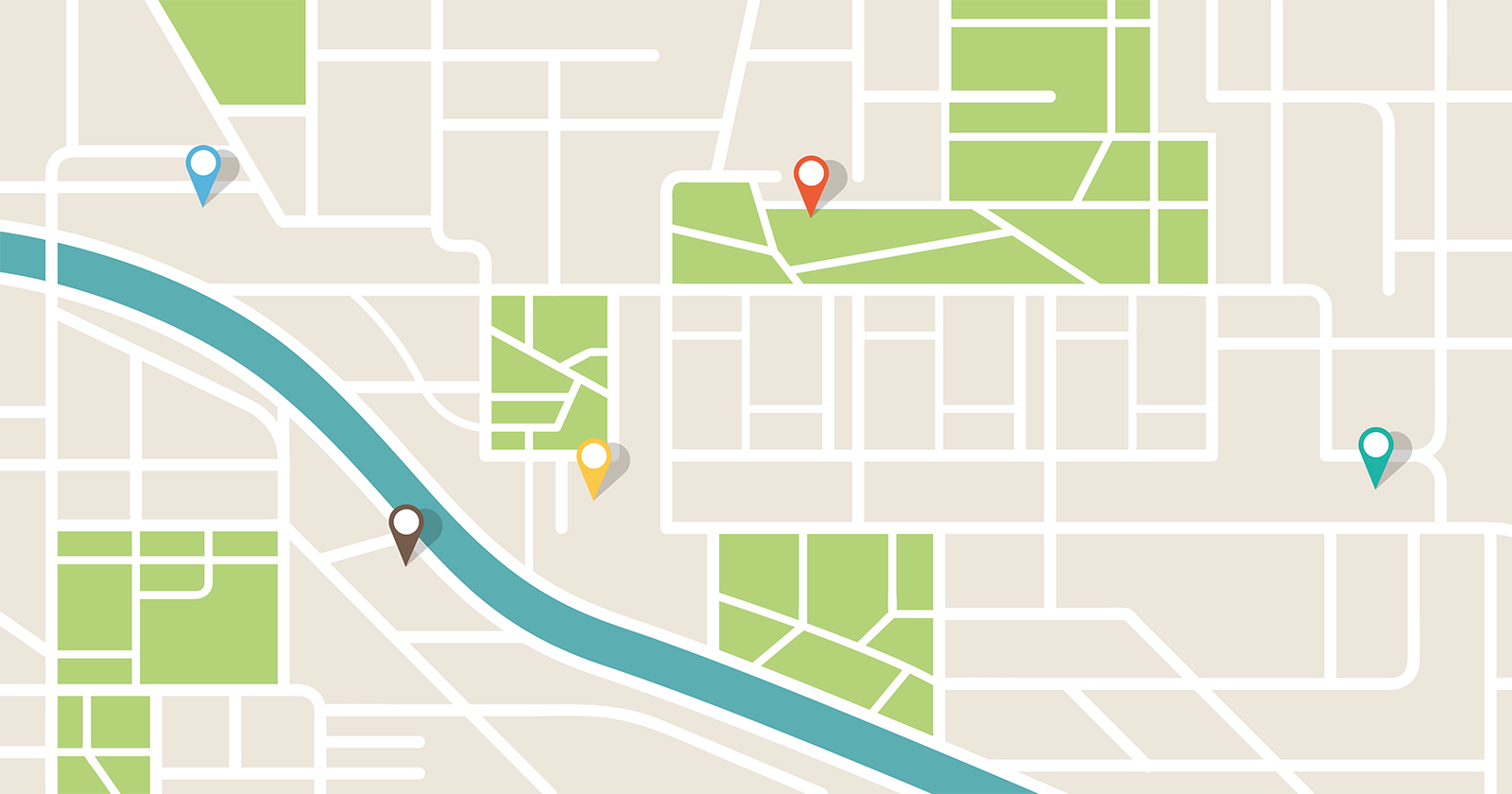Building Mixed-Income Neighborhoods
Findings from an Evaluation of Purpose Built Communities

Historically disinvested neighborhoods, shaped by harmful public policy and industry practices, have long been a part of the urban landscape in the United States. This report examines one approach to addressing that problem, known as Purpose Built Communities. It currently operates in 28 locations around the country and aims to foster thriving, mixed-income communities by focusing on small geographic areas and three domains: mixed-income housing, education, and community wellness. A nonprofit organization called a “Community Quarterback,” or CQB, operates the model, in collaboration with local partners, in each neighborhood.
In 2020, the Robert Wood Johnson Foundation selected MDRC to evaluate the model in five communities that were among the first to adopt it. The study combines qualitative research and quantitative outcomes analysis and covers roughly the first 10 years after these CQBs began operations—a relatively short time frame for such efforts. The study illustrates a novel way of addressing the important issue of statistical uncertainty in measuring change over time in small areas.
Key Findings
- The CQBs established themselves as enduring institutions in their communities. They built strategic partnerships, secured funding, and centered residents in their efforts.
- The CQBs and their partners implemented diverse initiatives: housing redevelopment, land banking, building early childhood learning centers and new schools, introducing new curricula into schools, training school leaders and teachers, expanding access to health care and quality food in the community, and enhancing community cohesion, among others.
- The quantitative data show some limited but encouraging evidence to suggest that the neighborhoods were becoming more mixed in terms of residents’ incomes—and without displacing residents with poverty-level incomes or an influx of higher-income White residents.
- At the same time, overall housing supply and housing values did not increase appreciably during the study period, although new units were getting built and some programs to improve the conditions of existing housing were launched.
- Reading and math test scores among students in elementary and middle schools serving the study neighborhoods were substantially below national standards at the beginning of the study period and had not reached national standards by the end of that period.
- Some changes in quantitative indicators in the study neighborhoods mirrored changes occurring citywide and in other persistently high-poverty areas, highlighting the influence of broader external forces.
Overall, the evaluation shows that the model can be operated well in communities with different starting contexts, and that the CQBs and their partners have laid a foundation for longer-term change. It highlights practices that other organizations may want to emulate—or modify—as they engage in complex community revitalization efforts. It also underscores the importance of long-term public and private investments in these neighborhoods to substantially improve housing conditions, schools, and the overall quality of life.







